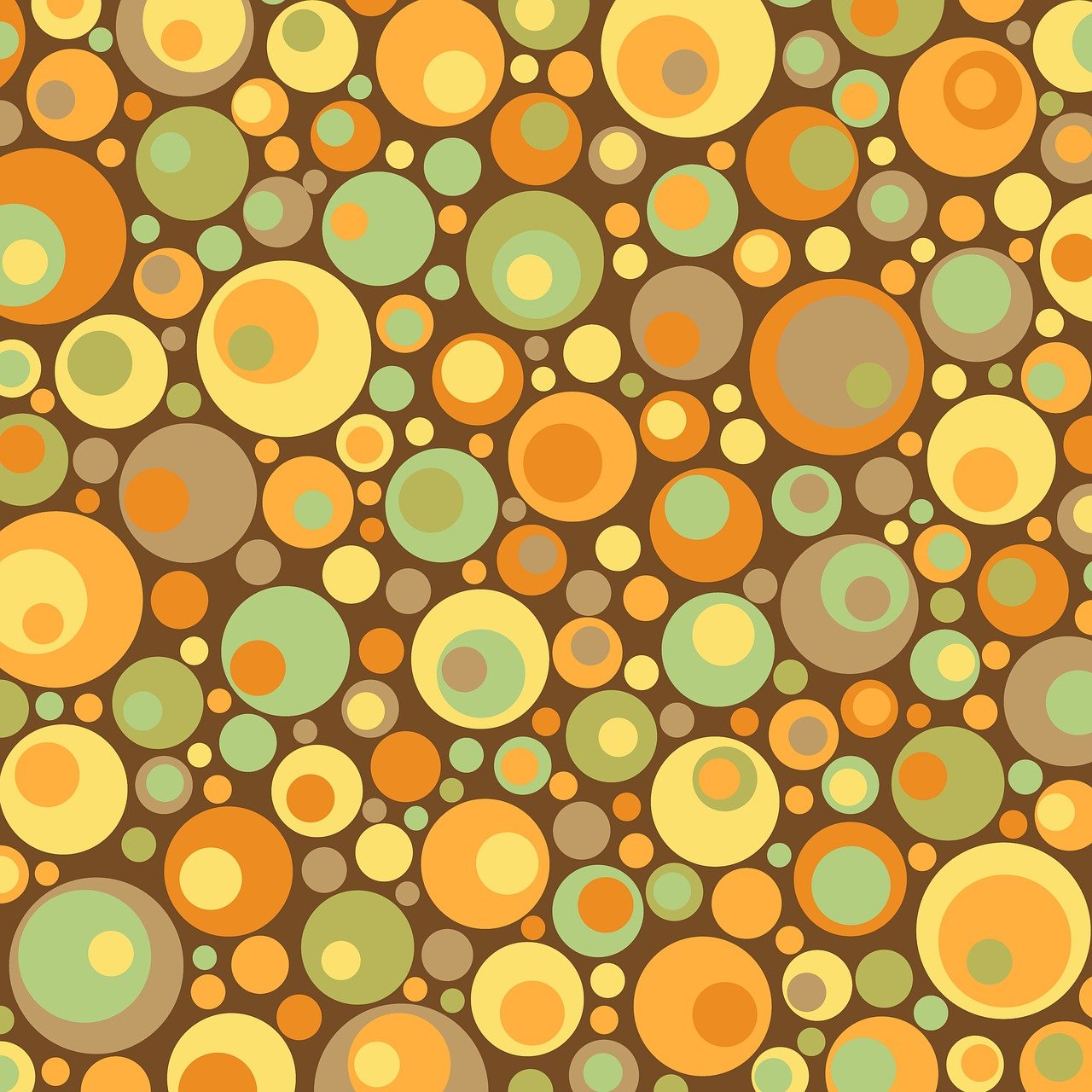Tunis Medina Exploration: Arabian Architecture and Tunisian Crafts

Before diving in, please note: This post is for informational purposes only. If you’d like to know more about how we approach topics, feel free to check out our friendly Disclaimer Page.
Hey there, amazing readers! 🖐️ Just a quick note: yes, we know there are a lot of ads here. Trust us, we get it—it’s not the prettiest look, but they help us keep this blog alive and kicking. Those pesky little ads cover the costs of all the behind-the-scenes magic, from hosting and tech stuff to creating content we hope you’ll love.
We’re committed to delivering quality posts, and your support (even just sticking around despite the ads) means everything to us. So, bear with us, and thanks for helping us keep the good vibes rolling. Now, on to the fun stuff! 😉
TRANSLATE BUTTON AT THE END OF THE ARTICLE
A Quick Overview
Tunis Medina, a UNESCO World Heritage site, is a treasure trove of Arabian architecture and traditional Tunisian crafts.
This ancient walled city, with its labyrinthine streets and stunning buildings, offers a glimpse into Tunisia’s rich cultural heritage.
From intricate tile work to vibrant markets selling handmade goods, Tunis Medina is a must-visit destination for travelers looking to immerse themselves in the country’s history and craftsmanship.
In this article, we will delve into the history of Arabian architecture in Tunis, explore the traditional crafts of Medina, and discuss the cultural significance of these art forms.
Exploring Tunis Medina: An Introduction
Tunis Medina, also known as the Old City or the Medina of Tunis, is the historic heart of the Tunisian capital.
Founded in the 9th century, this ancient walled city is a maze of narrow alleyways, bustling souks, and historic buildings.
It is a vibrant hub of activity, where locals and tourists alike come to shop, eat, and explore.
The medina’s unique blend of Arab and Islamic architecture, combined with its traditional crafts, makes it a fascinating place to visit.
History of Arabian Architecture in Tunis
Arabian architecture in Tunis is characterized by its use of geometric patterns, intricate tile work, and ornate carvings.
The city’s mosques, palaces, and houses feature elements such as horseshoe arches, domes, and courtyards, all of which reflect the influence of Arab and Islamic design.
Over the centuries, Tunis has been ruled by various empires, including the Arabs, Ottomans, and French, each leaving their mark on the city’s architectural landscape.
Today, many historic buildings in Tunis are being restored to preserve this rich heritage.
Traditional Tunisian Crafts in Medina
Tunis Medina is renowned for its traditional crafts, which have been passed down through generations.
Artisans in the medina create a wide range of products, including pottery, carpets, leather goods, and jewelry.
These crafts are often sold in the city’s souks, where visitors can watch craftsmen at work and purchase unique handmade items.
Tunisian crafts are known for their quality and attention to detail, with many artisans using techniques that have remained unchanged for centuries.
Architectural Features of Tunis Medina
The architecture of Tunis Medina is a blend of Arab, Islamic, and Mediterranean influences.
The city’s buildings are characterized by whitewashed walls, blue-painted doors, and ornate balconies.
Many houses in the medina have inner courtyards, known as "dar," which provide a cool respite from the heat.
Mosques in Tunis feature minarets and domes, while palaces and public buildings are adorned with intricate tile work and stucco decorations.
The architecture of Tunis Medina is a visual feast for visitors, with each building telling a story of the city’s past.
Influence of Arab and Islamic Cultures
The architecture and crafts of Tunis Medina are deeply influenced by Arab and Islamic cultures.
Arab architecture is known for its use of geometric patterns and arches, while Islamic design often incorporates calligraphy and floral motifs.
These influences can be seen in the mosques, palaces, and houses of Tunis, where intricate tile work and carved wood details abound.
The blending of Arab and Islamic styles has created a unique architectural heritage in Tunis that is unlike any other in the region.
Artisanal Techniques in Tunisian Crafts
Tunisian crafts are created using a variety of artisanal techniques that have been honed over centuries.
For example, pottery is made using a potter’s wheel and fired in kilns, while carpets are hand-woven on looms using traditional methods.
Leather goods are crafted using tools such as awls and punches, while jewelry is often made using intricate metalwork and gemstones.
These artisanal techniques require skill and patience, with craftsmen spending years perfecting their craft to create beautiful and functional objects.
Preservation Efforts in Tunis Medina
Preserving the architectural heritage and traditional crafts of Tunis Medina is a top priority for the Tunisian government and local organizations.
Restoration projects are underway to repair and maintain historic buildings, while efforts are being made to support artisans and promote traditional crafts.
Discover "The Traveler’s Guide: Your Ultimate Companion for Every Adventure ✈️"
The goal is to ensure that Tunis Medina’s unique cultural heritage is preserved for future generations to enjoy.
By investing in preservation efforts, Tunisia is safeguarding its history and promoting sustainable tourism in the region.
Cultural Significance of Tunisian Crafts
Tunisian crafts play a vital role in the country’s cultural identity, serving as a link to its past and a source of pride for its people.
Craftsmanship in Tunisia is highly valued, with artisans passing down their skills from one generation to the next.
Crafts such as pottery, weaving, and metalwork are not just products for sale but symbols of Tunisian heritage and creativity.
By supporting Tunisian crafts, visitors can help preserve this important aspect of the country’s culture and contribute to the livelihoods of local artisans.
Symbolism in Arabian Architecture
Arabian architecture in Tunis is rich in symbolism, with many buildings featuring elements that hold cultural and religious significance.
For example, mosques often have minarets that symbolize the call to prayer, while domes represent the heavens.
Geometric patterns in tile work are believed to ward off evil spirits, while calligraphy inscriptions carry messages of faith.
These symbols and motifs add layers of meaning to the architecture of Tunis, making each building a work of art with a deeper significance.
Must-Visit Sites in Tunis Medina
When exploring Tunis Medina, visitors should be sure to visit some of the city’s most iconic sites.
These include:
Zitouna Mosque: One of the oldest mosques in Tunis, known for its stunning architecture and peaceful atmosphere.
Dar Ben Abdallah Museum: A historic mansion turned museum that showcases traditional Tunisian crafts and artifacts.
Bab Souika: A gate that leads into the medina, offering a glimpse into Tunis’s medieval past.
Sidi Bou Said: A picturesque village perched on a hill overlooking the Mediterranean Sea, famous for its blue and white architecture.
Impact of Tourism on Tunisian Crafts
Tourism plays a significant role in supporting Tunisian crafts, as visitors often purchase handmade goods as souvenirs of their trip.
However, the influx of tourists can also pose challenges to artisans, who must meet the demand for their products while maintaining quality and authenticity.
To address these issues, organizations are working to promote sustainable tourism practices and ethical purchasing habits.
By supporting local artisans and purchasing authentic Tunisian crafts, visitors can help ensure the continued success of these traditional industries.
Future of Tunis Medina: Challenges and Opportunities
As Tunis Medina continues to attract visitors from around the world, the city faces both challenges and opportunities in preserving its cultural heritage.
Urban development, modernization, and changing economic landscapes all pose threats to the traditional crafts and architecture of the medina.
However, with proper planning, community involvement, and sustainable tourism practices, Tunis can leverage its unique heritage to create new opportunities for artisans and craftsmen.
By balancing preservation efforts with economic growth, Tunis can ensure that its cultural legacy remains vibrant and thriving for generations to come.
Conclusion
In conclusion, Tunis Medina is a treasure trove of Arabian architecture and Tunisian crafts, offering visitors a unique glimpse into the country’s rich cultural heritage.
From the intricate tile work of its buildings to the vibrant markets selling handmade goods, the medina is a place of beauty and history.
By exploring the history of Arabian architecture, traditional crafts, and cultural significance of Tunis Medina, travelers can gain a deeper appreciation for this remarkable destination.
With ongoing preservation efforts and a focus on sustainable tourism, Tunis is poised to preserve its heritage and embrace new opportunities for the future.

The Enlightenment Journey is a remarkable collection of writings authored by a distinguished group of experts in the fields of spirituality, new age, and esoteric knowledge.
This anthology features a diverse assembly of well-experienced authors who bring their profound insights and credible perspectives to the forefront.
Each contributor possesses a wealth of knowledge and wisdom, making them authorities in their respective domains.
Together, they offer readers a transformative journey into the realms of spiritual growth, self-discovery, and esoteric enlightenment.
The Enlightenment Journey is a testament to the collective expertise of these luminaries, providing readers with a rich tapestry of ideas and information to illuminate their spiritual path.
Our Diverse Expertise 🌟
While our primary focus is on spirituality and esotericism, we are equally passionate about exploring a wide range of other topics and niches 🌍📚. Our experienced team is dedicated to delivering high-quality, informative content across various subjects ✨.
To ensure we provide the most accurate and valuable insights, we collaborate with trusted experts in their respective domains 🧑🏫👩🏫. This allows us to offer well-rounded perspectives and knowledge to our readers.
Our blog originally focused on spirituality and metaphysics, but we’ve since expanded to cover a wide range of niches. Don’t worry—we continue to publish a lot of articles on spirituality! Frequently visit our blog to explore our diverse content and stay tuned for more insightful reads.






